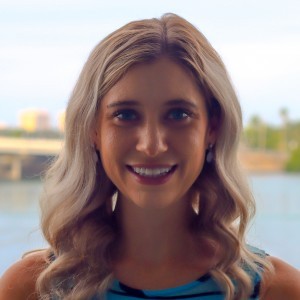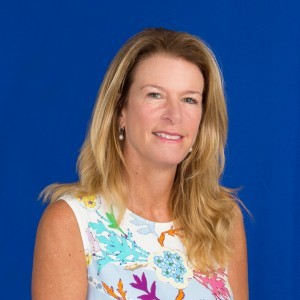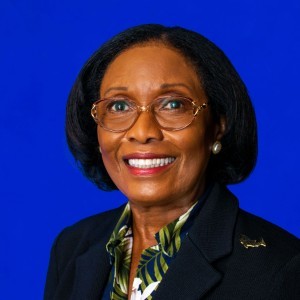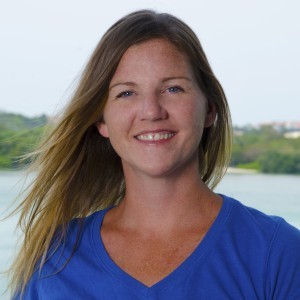Introduction
Mote's Mission
The advancement of marine and environmental sciences through scientific research, education and public outreach, leading to new discoveries, revitalization and sustainability of our oceans and greater public understanding of our marine resources.
Letter from Mote's President & CEO
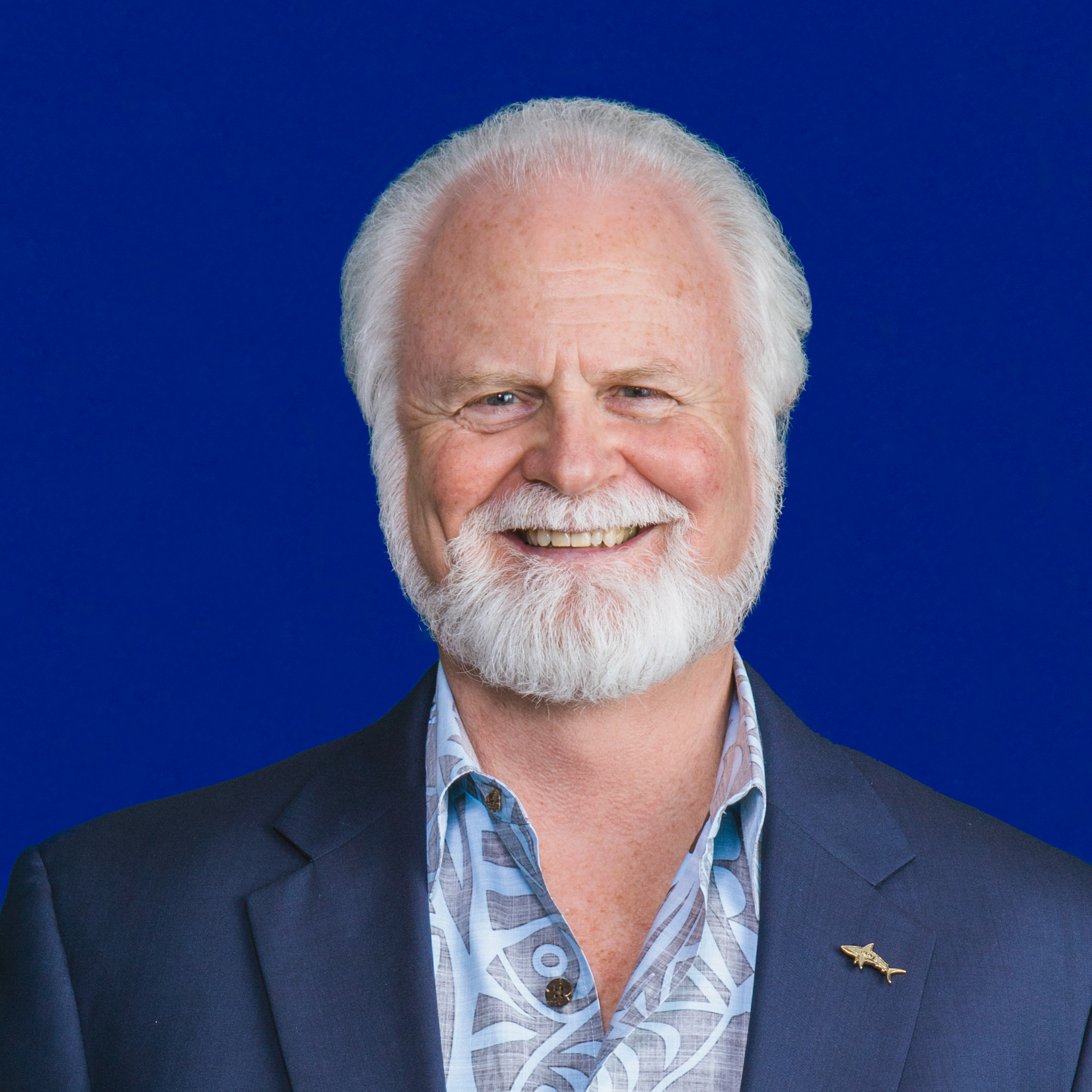 As we embark upon our 65th year of paradigm-shifting marine science at Mote Marine Laboratory, and our 40th year of informal science education at Mote Aquarium, we are reminded of two things: the milestones that have cemented Mote’s place among world’s most respected marine science institutions and the ever-increasing challenges facing marine and coastal ecosystems worldwide. 2019 was a year emblematic of both.
As we embark upon our 65th year of paradigm-shifting marine science at Mote Marine Laboratory, and our 40th year of informal science education at Mote Aquarium, we are reminded of two things: the milestones that have cemented Mote’s place among world’s most respected marine science institutions and the ever-increasing challenges facing marine and coastal ecosystems worldwide. 2019 was a year emblematic of both.
Following a devastating Florida red tide bloom along the Gulf Coast, the State of Florida committed $18 million toward the creation of the Florida Red Tide Mitigation and Technology Development Initiative, which establishes a strategic vehicle for fueling the scientific innovation and technology transfer needed to prevent, mitigate and control red tide impacts.
This Initiative, led by Mote in partnership with the Florida Fish and Wildlife Conservation Commission (FWC), will utilize applied science and innovative technology approaches to determine the most effective, ecologically sound, science-based methods to actually do something about red tide. This endeavor is bigger than any one institution or interest, allowing us to bring together the best and brightest from around Florida and around the world as an integrated team. Together, with dozens of partners, we will push the frontiers of science forward in developing a suite of environmentally responsible chemical, physical and biological tools to address different bloom scenarios in our canals, bays and Gulf.
Meanwhile, the Red Tide Institute at Mote Marine Laboratory, fueled by the generous philanthropy of The Andrew and Judith Economos Charitable Foundation and the Charles and Margery Barancik Foundation, completed a successful first year. Institute scientists, working with other Mote programs, examined 75 potential red tide mitigation compounds and selected the most feasible options for laboratory testing. Although many compounds were found to kill the Florida red tide organism, Karenia brevis, most compounds don’t destroy the toxins it produces.
From that effort, we have identified at least six compounds that can potentially eliminate both cells and toxins and are proceeding with more extensive testing of these compounds.
Dr. Cynthia Heil, Director of the Red Tide Institute, was selected by the National Oceanic and Atmospheric Administration (NOAA) to lead a team of seven scientists from six institutions, including Mote, in a major research effort focused on bloom dynamics and termination. We believe that knowledge gained through this effort will be critical for establishing more effective bloom management, including modeling efforts to enable longer-term forecasting than is currently possible, minimization of bloom-related economic damage to marine industries and tourism, and the development of targeted mitigation efforts.
Between our efforts within the Red Tide Institute at Mote and as a leader of the Florida Red Tide Mitigation and Technology Development Initiative, we can and will use science and technology to attack red tide impacts for the benefit of Florida’s environment, economy and quality of life.
As we make great strides on Florida’s Gulf Coast, we remain focused on a major epizootic event—stony coral tissue loss disease (SCTLD)—that continues to devastate Florida’s Coral Reef. In early 2019, Mote launched its new Florida Keys Coral Disease Response & Restoration Initiative to accelerate science, infrastructure development and reef restoration to understand and address this disease and other major challenges to corals, including climate change impacts—increased temperature and ocean acidification.
This summer Mote science took a big step forward in our coral restoration efforts, which focus on identifying and incorporating diverse genetic strains, prioritizing those that are resilient to increasing temperature, ocean acidification and this terrible disease. Dr. Hanna Koch, a Postdoctoral Research Fellow with the German Research Foundation and Visiting Research Scientist at our Florida Keys campus, turned Mote’s nursery-raised staghorn corals—which are scientifically well studied and genetically documented—into parents for a carefully managed sexual reproduction effort that will feed fresh genetics into future restoration and research. Staghorn coral, while not susceptible to SCTLD, is a threatened species facing significant challenges.
This step, adding new genetic diversity with a new level of control, represents a critical link in the chain of Mote’s uniquely comprehensive strategy for science-based reef restoration. Mote can now, as a single organization, do every step essential for resilient coral reef restoration. The entire continuum of reproduction to outplanting resilient coral genotypes can be completed by one team—ours.
40 years ago, when we opened Mote Science Center (now Mote Aquarium) it was because our namesake, Mr. William R. Mote, believed in the value of translating and transferring our marine science as a public service. That tradition continues through Mote Aquarium today, and it’s expanding in exciting ways thanks to our education department. This year Mote was selected by the National Science Foundation as the lead institution for establishing the Louis Stokes Alliance for Minority Participation (LSAMP): Marine Science Laboratory Alliance Center of Excellence (MarSci-LACE).
The ultimate goal of MarSci-LACE is to implement a paradigm-changing approach for increasing the number of underrepresented minorities in STEM, especially in marine science, technology and natural resource fields that have high demands for a skilled workforce. To achieve this critical goal, MarSci-LACE will serve as a nexus training, resource, and supporting partner to other independent marine research institutions, degree granting institutions, LSAMP students, and science mentors and faculty.
Mote is the only non-academic institution in the program’s history to receive an LSAMP Center of Excellence award—a strong reaffirmation of our education department’s dedicated efforts to translate and transfer Mote science while increasing ocean literacy for people from all walks of life.
Now, we are entering Mote’s 65 year with a growing diversity of research approaches, partnerships and opportunities for the best and brightest minds to tackle the grand challenges facing our oceans. We have reached this exciting milestone thanks to your passion, your partnership, and your philanthropy – the foundational pillars upon which this organization was built. As we look to the horizon of a new decade, we must remember that each success will be preceded by challenge. If our history is any measure, we will rise to meet those challenges as we remain committed to a future characterized by Oceans for All.
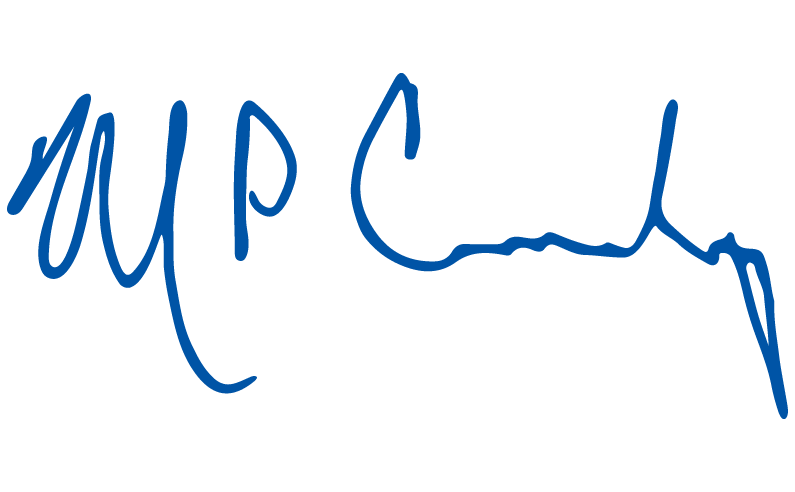
Dr. Michael P. Crosby,
President & CEO
Letter from Mote's Board Chairman
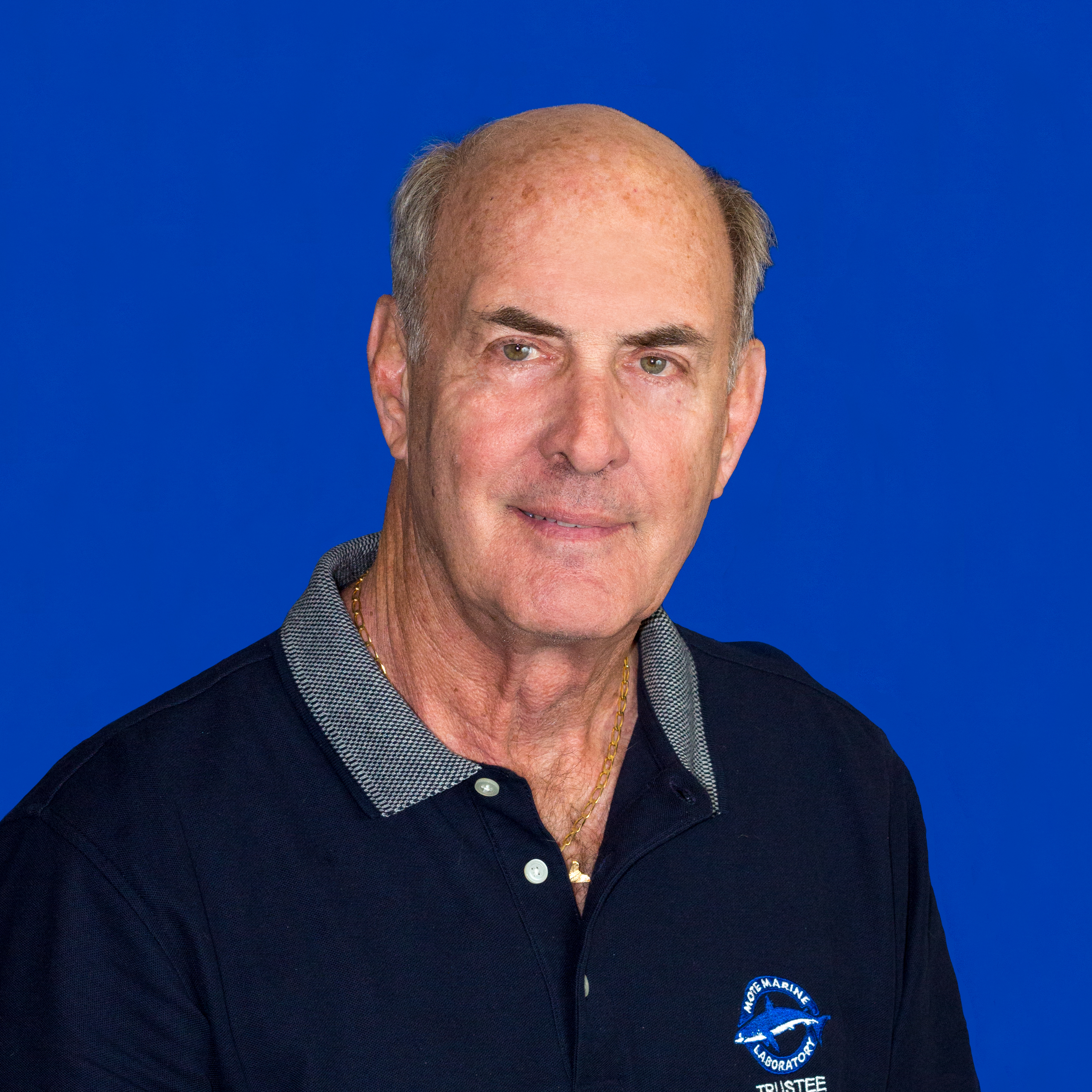 It is both thrilling and humbling to step into my role as Chairman as we close out this successful decade guided by Mote Marine Laboratory & Aquarium’s 2020 Vision & Strategic Plan, and pursue Mote’s vision for the next decade, unanimously endorsed by our Board of Trustees and aptly titled “Beyond 2020.”
It is both thrilling and humbling to step into my role as Chairman as we close out this successful decade guided by Mote Marine Laboratory & Aquarium’s 2020 Vision & Strategic Plan, and pursue Mote’s vision for the next decade, unanimously endorsed by our Board of Trustees and aptly titled “Beyond 2020.”
Beyond 2020 we will significantly increase our ability to conduct world-class research in order to expand science-based conservation, sustainable use, and environmental health of marine and coastal biodiversity, habitats and resources.
Envision the change Mote can create when we double down on our funding for annual research operations, expanding from $14 million per year today to roughly $27 million by 2030.
Beyond 2020 we will attract and retain the best and brightest minds in science and technology through focused recruitment and nurturing programs that facilitate a diverse Mote workforce and ensure long-term prosperity of our research enterprise.
Imagine the solutions Mote will discover when we have expanded our total number of Ph.D.-level researchers by more than 25% in the next 10 years, to 45 by 2030.
Beyond 2020 we will translate and transfer science and technology development and research findings as a public service to increase ocean literacy and positively impact human society and the marine environment.
Think about the impact Mote will have when we increase the number of participants served by our structured education programs from 35,000 today to 60,000 by 2030.
Beyond 2020 we will expand research infrastructure and accessibility to support global leadership in addressing grand challenges facing oceans and coastal ecosystems.
Picture the future when Mote will cut the ribbon on a 110,000-square-foot, state-of-the-art Science Education Aquarium and evolve our City Island research campus into a world-class International Marine Science, Technology & Innovation Park by adding or renovating 60,000 square feet by 2030.
Today, however, we proudly look back on a year that closed out an exciting decade for Mote Marine Laboratory & Aquarium. We look back on challenges that expanded Mote’s capacity and capability. We look back on successes that continue to define Mote’s global impact. We pause for a moment to reflect upon the support of our Mote family and our communities. There are few things more invigorating than visionary partners and philanthropists strategically investing in our work and our science. It is indeed your vision to forever change the future of our oceans that brings us together and drives us forward toward Oceans for All.

Howard (Sam) Seider, M.D.
Chairman, Board of Trustees
